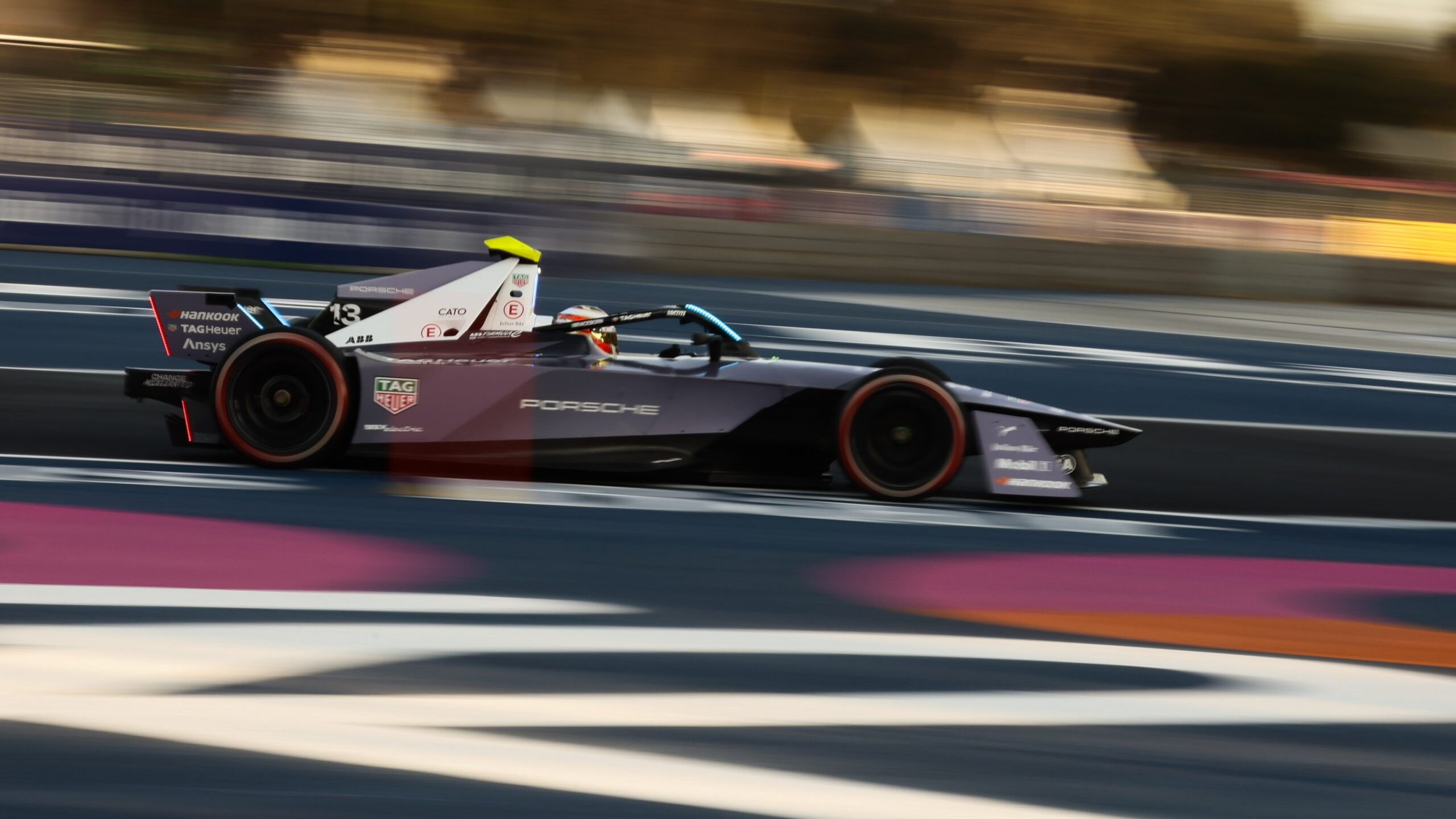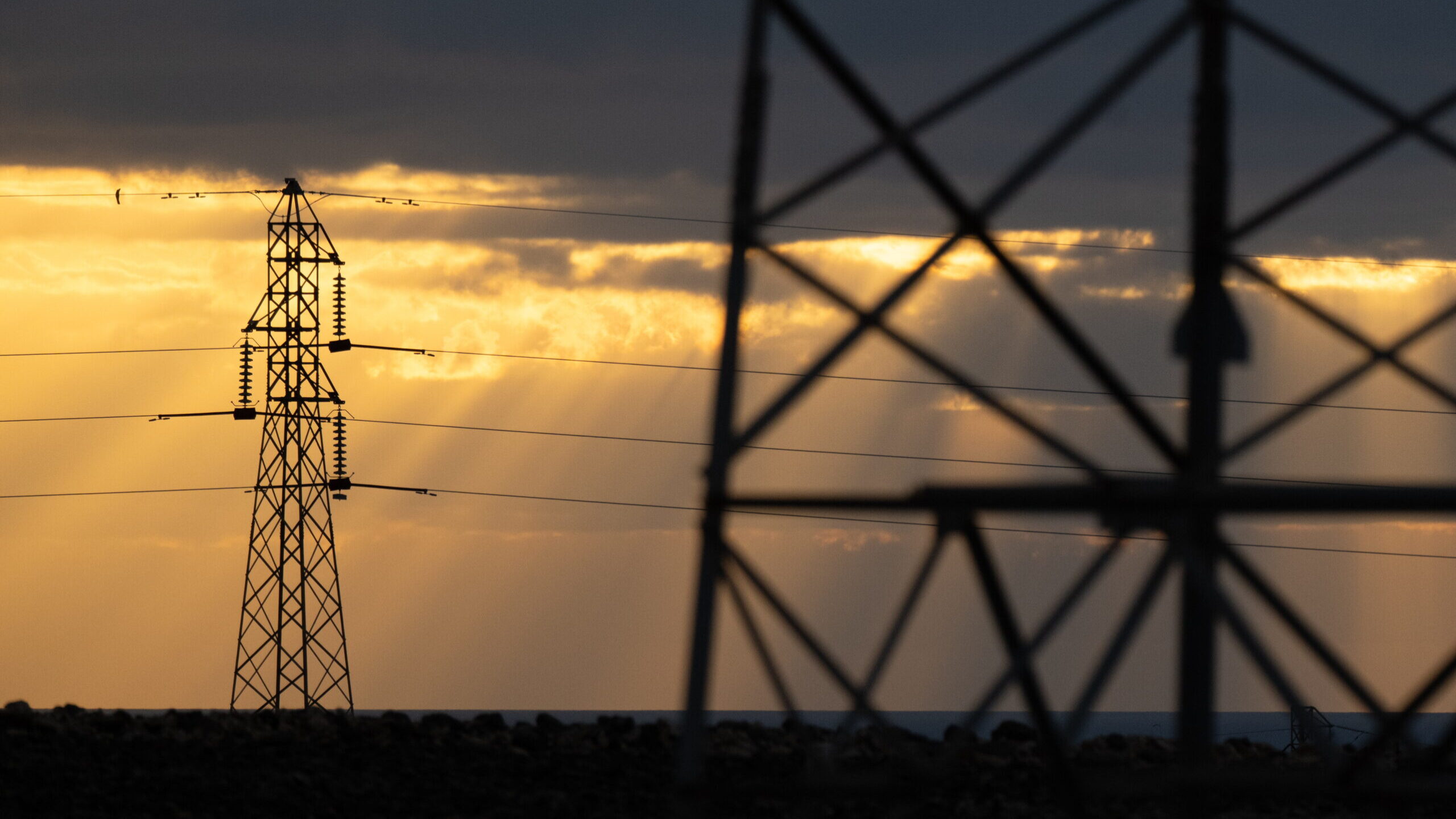Portugal in the global top 10 for ‘clean’ electricity
This highlight appears in the “Renewables 2025” report, published on Tuesday, in which the International Energy Agency points out that renewable capacity is set to more than double by 2030.
Portugal is highlighted by the International Energy Agency (IEA) as one of the ten countries worldwide with the largest share of renewables in electricity generation. The highlight appears in the “Renewables 2025” report, published on Tuesday, in which the IEA anticipates that renewable capacity will more than double by 2030 — growth that is “shaken” by political changes in the United States and falls short of the goal set at the United Nations Climate Conferences (COP).
Among the countries with the largest share of electricity generation from renewable energy, five are already at almost 100%, namely Costa Rica, Nepal, Ethiopia, Iceland, and Norway. In most of these cases, hydropower is the main “driver”. “In the next five years, countries such as Portugal and Chile are expected to reach the 90% renewable energy level in their electricity mix”, with “variable” renewables contributing more than half, a group that includes solar and wind energy, which are more unpredictable technologies in terms of generation.
Among the 100 countries analyzed, Portugal ranks fifth in terms of the percentage of ‘variable’ renewables, at around 65%. Ahead of it are Germany, Ireland, Denmark, and finally Lithuania, which takes first place, reaching 80%. The average share of ‘variable’ energy sources is 15%, but this is expected to rise to 24% by 2030, with around 14 countries having shares of over 50%. More than half of the countries will see double-digit increases.
In the case of Portugal, equivalent to Spain and Greece, photovoltaic solar energy is expected to contribute to generating “at least a third” of electricity by 2030. Luxembourg is expected to lead the way in solar penetration, exceeding 40%, and Germany is preparing to double its generation through these panels. Despite the importance of solar energy in Portugal, expectations have been revised downwards compared to last year’s report, due to unsubsidized projects, the weakening of projects in the pipeline, the absence of auctions, and lower market prices, according to the IEA.
Portugal deserves mention, alongside Germany, as the first two countries in Europe to implement renewable energy auctions linked to storage in 2020. “The share of ‘variable’ renewables in many countries increases integration challenges, requiring additional flexibility in the system”, explains the IEA in the report. At the same time, the agency warns that auctions for renewable projects associated with batteries generally lead to higher prices compared to auctions for stand-alone batteries.
Solar photovoltaic energy is expected to account for 80% of the increase in renewable generation capacity over the next five years, a jump driven by lower costs and faster licensing. After solar, the energy source expected to expand the most is wind, followed by hydro, bioenergy, and geothermal. In the case of hydro, given the difficulties of accessing the grid, the focus will be on pumped storage systems (which allow energy to be generated by reusing water), which are expected to surge by 80% by the end of the decade.
US growth slumps by more than 50%
Globally, renewable capacity is expected to more than double (2.6 times) by 2030, according to the IEA estimate, reaching around 4,600 gigawatts (GW), “the equivalent of adding the generation capacity of China, the European Union and Japan”. However, this still falls short of the commitment made at the United Nations Climate Conference two years ago, COP28, where an agreement was reached to triple global renewable capacity.
The global growth outlook is 5% lower than in the previous report, with the United States weighing heavily: renewable growth in this country has been revised downwards by more than 50%. Conversely, the outlook has improved for India, Europe and most emerging economies.
China, despite also showing less vigour in growth, continues to contribute 60% of renewable growth and has been beating its own targets, the agency points out. Emerging economies will play an important role – in Asia, the Middle East and Africa, we are seeing an increase in the pace of growth, supported by increasing cost competitiveness and more regulatory support. “India is on track to become the second fastest growing market for renewable energy, after China”, says the IEA. In Europe, the improvement is slight.
“Led by rapid growth in solar energy, the expansion of renewables is taking place against a backdrop of obstacles in value chains, challenges in grid integration, financial pressures and political changes”, reads the note accompanying the launch of the study.
At the business level, the International Energy Agency notes that implementation targets have either increased or remained unchanged from the previous year, “reflecting resilience and optimism in the sector”. The exception is offshore wind energy technology, whose growth estimate has been reduced to a quarter of the previous year’s figure “as a result of changes in key markets, value chain problems and rising costs”.




